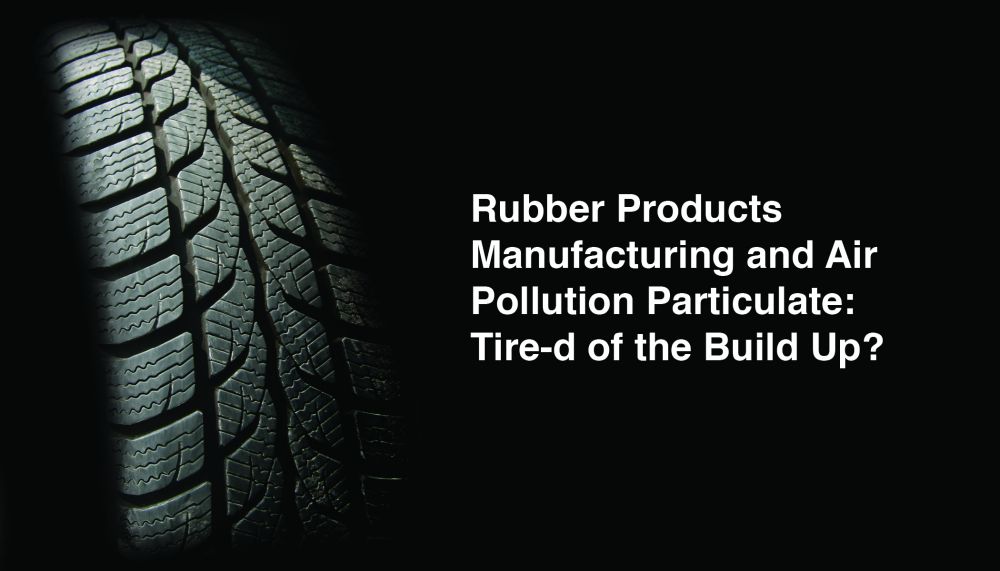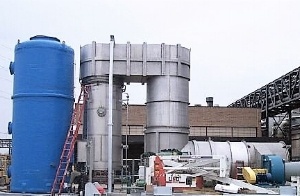One of the most common methods of transporting bulk cargo is a cylindrical container known as a drum, also referred to as a barrel. These drums are used to transport thousands of different cargo including industrial chemicals, acids (and other corrosives), oils, solvents, paints, resins, adhesives and soaps. Painted steel drums and drums made from high-density polyethylene (HDPE), typically called poly, or plastic drums, are used most often to transport and store such cargo.
- Our Company
- Products
- Catalytic Oxidizers
- Regenerative Thermal Oxidizer (RTO)
- Thermal Oxidizers
- Electric Catalytic Oxidizer
- Ductwork
- Filtration Systems
- Heat Exchangers
- Heat Recovery Systems
- Incinerators
- Installation Services
- Pre-Owned Equipment
- Rotary Concentrator
- Selective Catalytic Reduction
- Thermal Combustor System
- Wet Scrubber
- Aftermarket Services
- Industries
- Automotive
- Bakery Oven VOC Control
- Ceramic Manufacturing
- Chemical Processing & VOC Control
- Coffee Roasting
- Coil Coating
- Drum & Container Painting
- Flavoring & Fragrance
- Flexographic Printing & VOC Control
- Food Processing VOC Control
- Metal Decorating
- Metal Recycling & Shredding VOC Control
- Oil & Gas Processing
- Paint & Surface Coating
- PFAS Air Emissions Control
- Pharmaceutical & Medical
- Renewable Fuels
- Renewable Natural Gas (RNG)
- Rubber Products
- Semiconductor & Electronic
- Web Coating & Converting
- Case Studies
- Resource Center
- Request a Quote
- Our Company
- Products
- Catalytic Oxidizers
- Regenerative Thermal Oxidizer (RTO)
- Thermal Oxidizers
- Electric Catalytic Oxidizer
- Ductwork
- Filtration Systems
- Heat Exchangers
- Heat Recovery Systems
- Incinerators
- Installation Services
- Pre-Owned Equipment
- Rotary Concentrator
- Selective Catalytic Reduction
- Thermal Combustor System
- Wet Scrubber
- Aftermarket Services
- Industries
- Automotive
- Bakery Oven VOC Control
- Ceramic Manufacturing
- Chemical Processing & VOC Control
- Coffee Roasting
- Coil Coating
- Drum & Container Painting
- Flavoring & Fragrance
- Flexographic Printing & VOC Control
- Food Processing VOC Control
- Metal Decorating
- Metal Recycling & Shredding VOC Control
- Oil & Gas Processing
- Paint & Surface Coating
- PFAS Air Emissions Control
- Pharmaceutical & Medical
- Renewable Fuels
- Renewable Natural Gas (RNG)
- Rubber Products
- Semiconductor & Electronic
- Web Coating & Converting
- Case Studies
- Resource Center
- Request a Quote

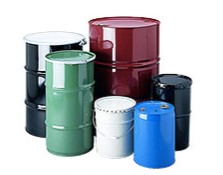
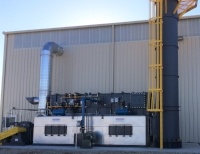
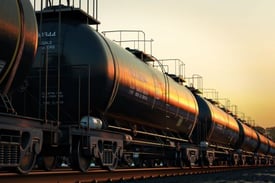 Trains and locomotive railcars operate in harsh environments which degrade the exterior paint and protective finish over time. For the interior of the tank and hopper cars, the linings must provide protection from highly corrosive cargo which can lead to heavy corrosion and premature coating failure. These vessels require durable and long-lasting finishes as varying weather and cargo can strip away these protective coatings.
Trains and locomotive railcars operate in harsh environments which degrade the exterior paint and protective finish over time. For the interior of the tank and hopper cars, the linings must provide protection from highly corrosive cargo which can lead to heavy corrosion and premature coating failure. These vessels require durable and long-lasting finishes as varying weather and cargo can strip away these protective coatings.

